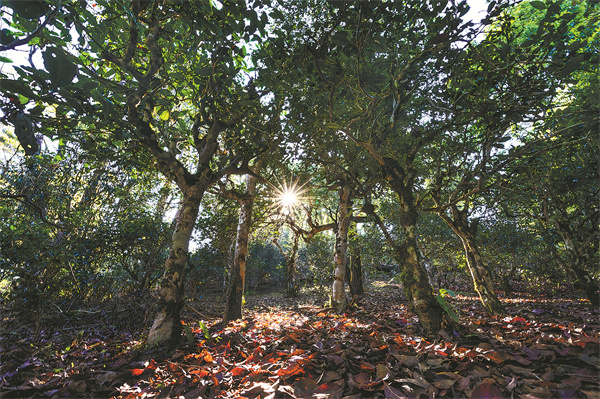

Li Xingchang repeatedly stirred leaves in an iron pan at a temperature of several hundred degrees day after day for years. A decade later, Li's mother, Kuang Zhiying, who taught him all about tea, finally smiled after sipping from a cup that Li had made.
"It's been hard to do the same thing for a decade, but it has paid off," says Li, an eighth-generation inheritor of his family's Pu'er tea business.
In 2022, traditional Chinese tea-making techniques were included by the UNESCO in its representative list of intangible cultural heritage of humanity. Pu'er tea-making is one of the 44 techniques included.
Li is the first national-level inheritor of gongcha, or Pu'er "tribute tea", which was exclusively enjoyed by royal families during the Qing Dynasty (1644-1911).
"The process of stirring is key to the taste of this 'tribute tea'," Li, 70, says, adding that he has to adjust the interval time of each toss, lasting either a few seconds or even half a second, while his hands feel the change of humidity and temperature of the tea leaves.
Pu'er tea is a kind of aged and fermented tea produced in Southwest China's Yunnan province. It's named after the city where dark tea was first developed hundreds of years ago.